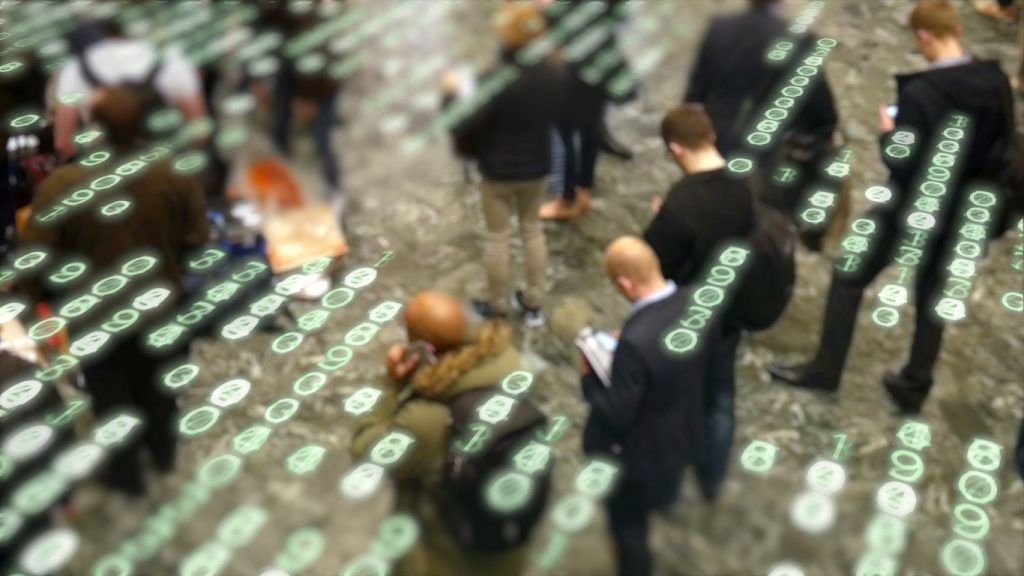The war in Afghanistan, which has embroiled U.S. and NATO forces in battle with Taliban insurgents for the better part of two decades, remains locked in a stalemate that both sides are trying to figure out how to break. Gen. John Nicholson, commander of the U.S. forces in the country, acknowledged the impasse in a Nov. 23 interview, but added that he thinks a coming surge of U.S. troops into the country will help the Afghan National Security Forces conduct major offensives over the next two years that will turn the tide of the war in their favor. Meanwhile, on the other side of the conflict, the Taliban have been busy shoring up their positions and looking for ways to intensify their insurgency. For both sides, however, breaking the stalemate is much easier said than done, especially given the complexities inherent to the Afghan battlefield.
Handing Advantage to the Taliban








